| If you do not see this email correctly, please click here.
|

|





|
| Newsletter N. 12. February 2022. |
|
|
SUMMARY
|
|
|
THE VOICE OF THE EXPERTS
HILARIO TIPS
NEWS AND MORE
CULTURAL TOURS
COLLECTING IS AN ART AND A PASSION
|
Editorial
|
|
For five years, for us the month of February has a new dimension; is that we started this march back in 1993 in a February full of illusions, although it is worth clarifying, we never imagined that we would get here.
Twenty-nine years later we have a long way to go and, most beautifully, important plans for the future, with new challenges and adventures of imagination and commitment. Adapting to changes, thinking of new scenarios and always maintaining the style that distinguishes us is part of our DNA.
Today we bring you number 12 of this newsletter designed to accompany you and march together on the adventure of knowledge and emotions. Arts, letters and crafts occupy a leading space in each outing and we do it together with the referents who join the initiative with exclusive texts. Among
them, Dr. Irina Podgorny, always surprising, this time with the first scientific expeditions to the Chaco; Alejandra Uslenghi's illustrated judgment on German photographers exiled in Latin America; the contemporary gaze of Anabella Monteleone and the Argentine presence at the 59th International Art Exhibition, the Venice Biennale (April 23, to November 27, 2022); the recognition of the master craftswoman Guillermina Cabral in the voice of Roxana Amarilla, coordinator of the National Market of Traditional and Innovative Argentine Crafts (MATRIA); a chronicle on the 37th National Festival of Crafts, recently concluded in Colón (Entre Ríos), with the signature of Jorge Bojanich and the moving memory of Guillermo Palombo about the life and collections of Carlos Hoss.
In addition, from our newsroom we suggest readings, a cultural walk and a small selection - capricious, we cannot deny it - of news related to our topics of interest.
The idea, as we have expressed on previous occasions, is to entertain and inform. The texts are served on our website and you can go through them at will, read them and return whenever you want. To pure pleasure.
|
The Voice of the Experts
|

|
Guillermina Cabral. A path tied to its roots.
By Roxana Amarilla
At siesta time, a woman works bent over a loom. The horizontal structure that occupies almost the entire room has a warp stretched out with groups of threads tied end to end. The craftswoman crosses the thread of the weft, adjusts the criss-cross with a bone punch, brings the shovel hard towards her, and then stops. She looks at all that she has left unwoven and unties the nearby ties. The sequence is repeated for hours, until she feels cold, or hungry. The scene is crowned by the portrait of Veneranda Cabral, mother and teacher of the craftswoman. The face in the photograph has the same look as hers. But her eyes on paper are not on the tied threads of the warp, but fixed on the memory of a lineage that includes Rosario Peralta, the weaver grandmother and other ancient women.

|
|
The trips to the Austral Chaco in 1884 and 1885. Science in trouble.
By Irina Podgory
Much has been written and is being written about the relationship between Argentine science and politics in the 1880s, celebrating an alliance that - for better or worse - would have laid the foundations for the national future. In those years, two scientific commissions accompanied the military expeditions sent by the Ministry of War: one to the Río Negro (1879), the other to the southern Chaco (1884 / 1885). Few, on the other hand, have dealt with the ephemeral nature of these associations resulting more from a favor than from the design of the country's future. Without mentioning the conflicts that these aroused among the group of scientists who were marginalized from them, when there they had seen a possibility of ingratiating themselves, of consolidating their position, of earning some extra money or of traveling and making collections with resources parallel to those destined for the army.

|
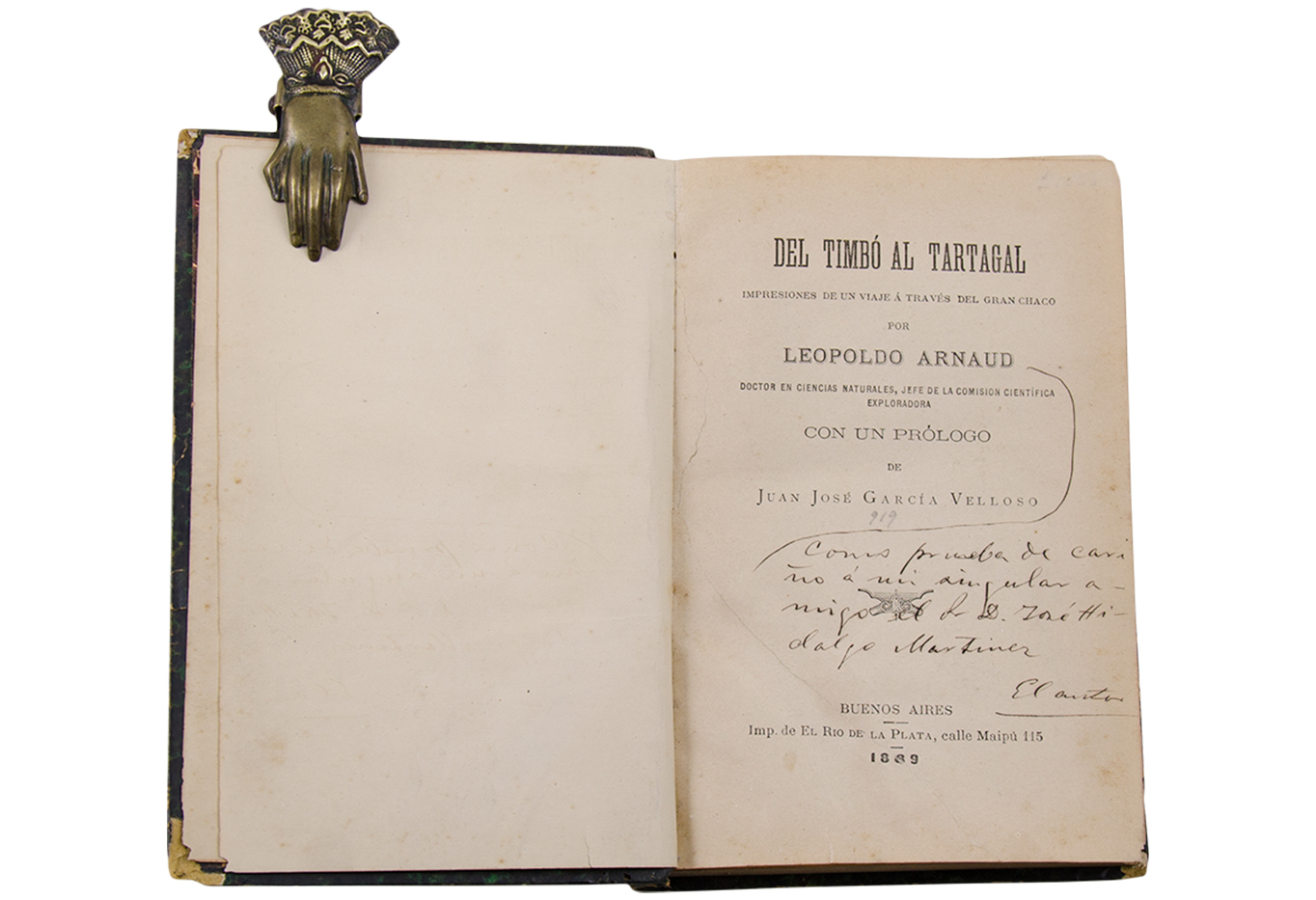
|
|

|
Expanding the modern archive: the gaze of exiled German photographers
By Alejandra Uslenghi
Since the 1930s, among those fleeing political persecution and anti-Semitism, a surprising number of women photographers arrived in Latin America, dispersing in various countries: Argentina, Mexico, Venezuela, Brazil, Uruguay, Bolivia, Peru. Some already established within the profession and leaving behind their studies, livelihoods and membership groups; others having trained technically and still taking their first steps in independent practice. All of them, facing the trauma of exile, arrival in a land whose language was strange, arrived in cities and cultures experiencing their own process of transformation. Its presence in Latin America – and in some cases its definitive permanence – takes place and intersects with processes of popular mobilization, the years of struggle to achieve the female vote, the emergence of a mass culture that expanded the repertoire of social and professional roles. feminine. (...)

|
|
Collectors. Anecdotes and stories.
|
My memories of Carlos Hoss.
By Guillermo Palombo
Throughout his life, Mr. Carlos Hoss built up an important private library and was a prominent figure in Argentine collecting in the last two decades of the 20th century.
Selective, he understood bibliophilia as Horacio Zorraquín Becú defined it when he stated that it "does not postulate or admit a blind love: it is a reasoned, lucid love, pregnant with demands, because it seeks and awakens, evenly, the pleasure of the senses and the of the spirit”.

|
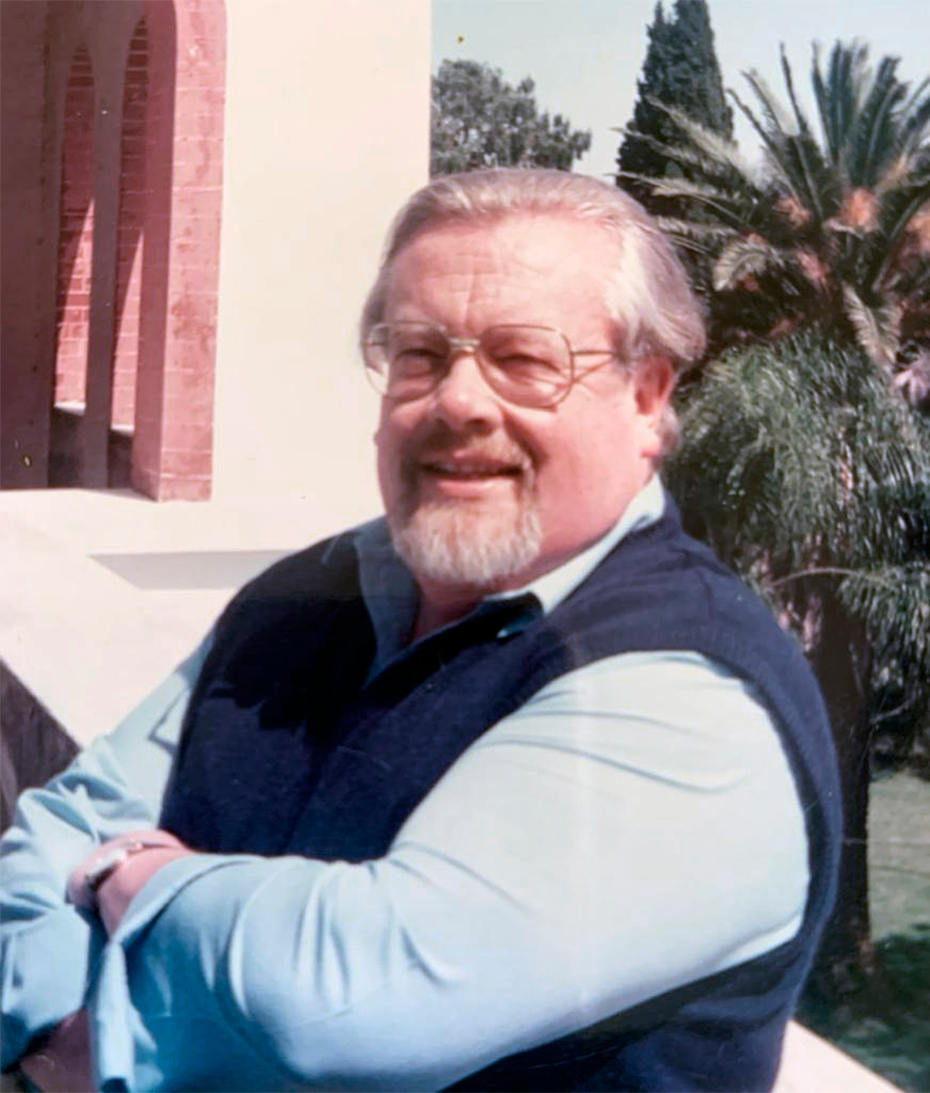
|
|
Hilario Tips
|
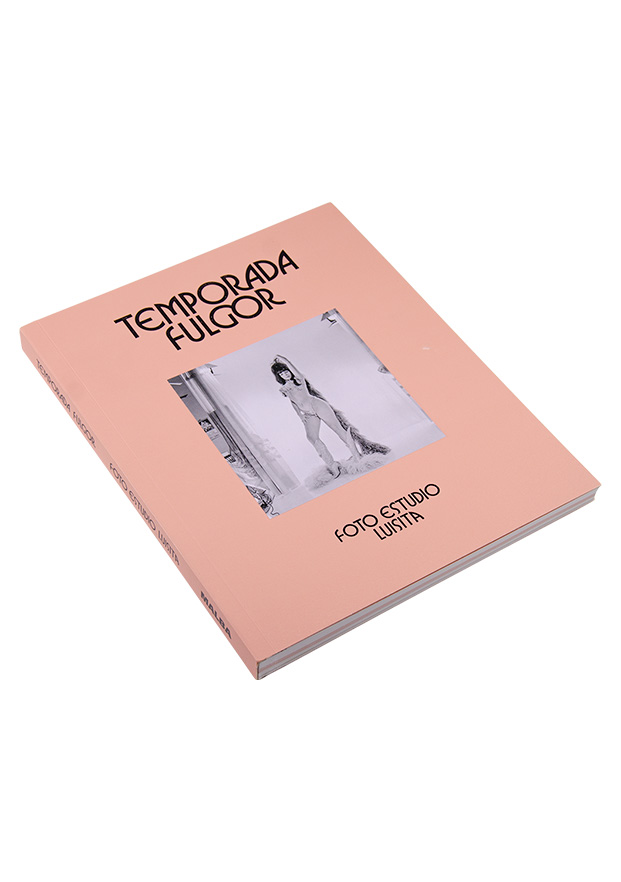
Maria Amalia Garcia; Sofia Dourron; Josephine Barcia. Buenos Aires. MALBA. 2022. Quarto major (29 x 24 cm), 200 pages. Publisher's hardcover binding with wide flap.
|
Temporada Fulgor. Foto Studio Luisita.
In the multiple spaces of art, the preservation, study and enhancement of archives is here to stay. The most important institutions in the world seek to appropriate these treasures, digitize them, investigate them and offer them to the universal community. Important exhibitions are also curated with the pulse of these gems, showing the back room of creation, the details that in their time were inaccessible to the public. This is what the Museum of Latin American Art of Buenos Aires (MALBA) is doing with the show Temporada Fulgor. Foto Estudio Luisita, a surprising exhibition focused on her photographic production from the 1960s and '70s. The exhibition is presented accompanied by the catalog book, a title that we enthusiastically recommend.

|
|
News and more
|
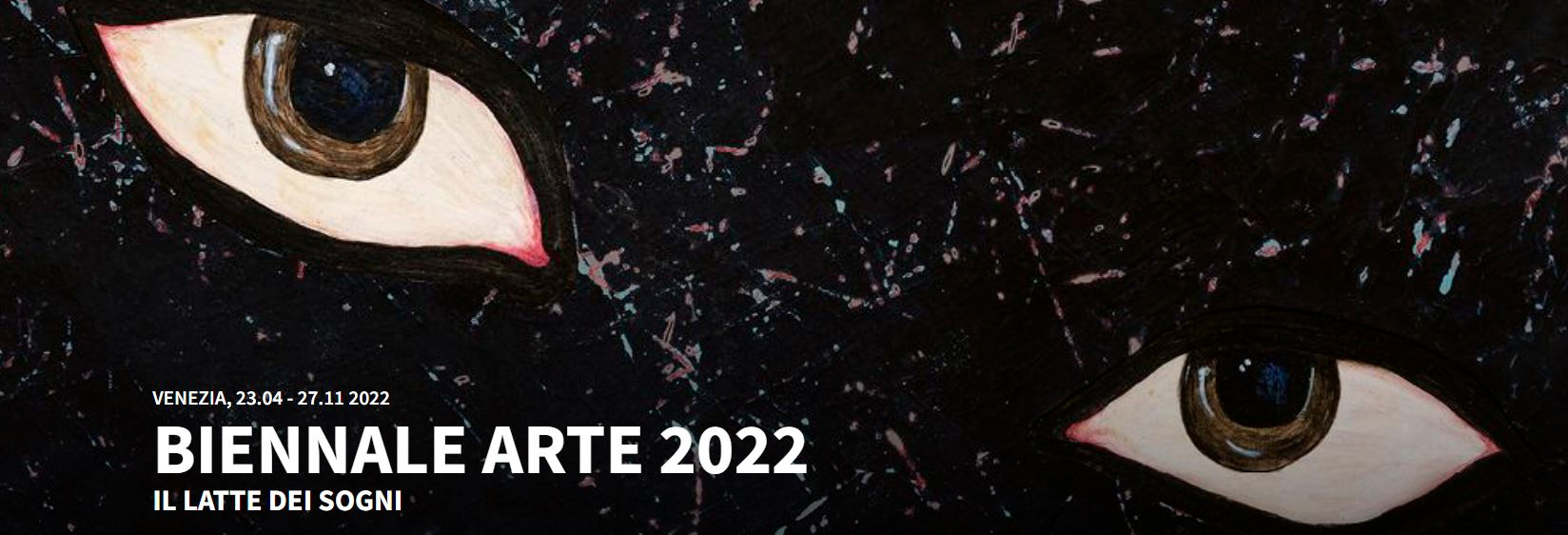
|
Eleanor's dreams. Argentine artists at the Venice Biennale.
By Anabella Laura Monteleone.
In her fantasy, Leonora Carrington imagined a universe in which the wonder lay not in the fiction of her creatures but in the possibility of their coexistence. The milk of dreams is a manifesto that hides behind children's stories to evoke the vision of a world ready to be lived from a committed imagination. The 2022 edition of the Venice Biennale, titled the same as Carrington's illusion, recovers that fluid instance between the artist's vision and current society to think about the fragility of the stable and open one's eyes to worlds that are less and less strange.

|
|
The last Leonard?
Two films were recently released about the course that surrounds the painting that starred in the highest sale in history -about 405.3 million dollars-, the Salvator Mundi, attributed to Leonardo da Vinci, nothing more and nothing less. Both productions have once again installed on the international scene the last painting rediscovered by the genius from Florence.
Art, the highest of human creations, that useless sublime reflection of the soul, of the immanent, of the transcendental and the eternal, awakens the most unstoppable and turbulent passions. It is so powerful that it is capable of intertwining the most emblematic of artists, the painter, anatomist, architect, paleontologist, artist, botanist, scientist, writer, sculptor, philosopher, engineer, inventor, musician, poet and urban planner, the Florentine genius. of the Italian Renaissance, with Arab princes, Russian tycoons, European kings, mega yachts, astronomical figures of money -and its laundering-, and intrigues, deceptions, scams, disappearances, greed and power.

|
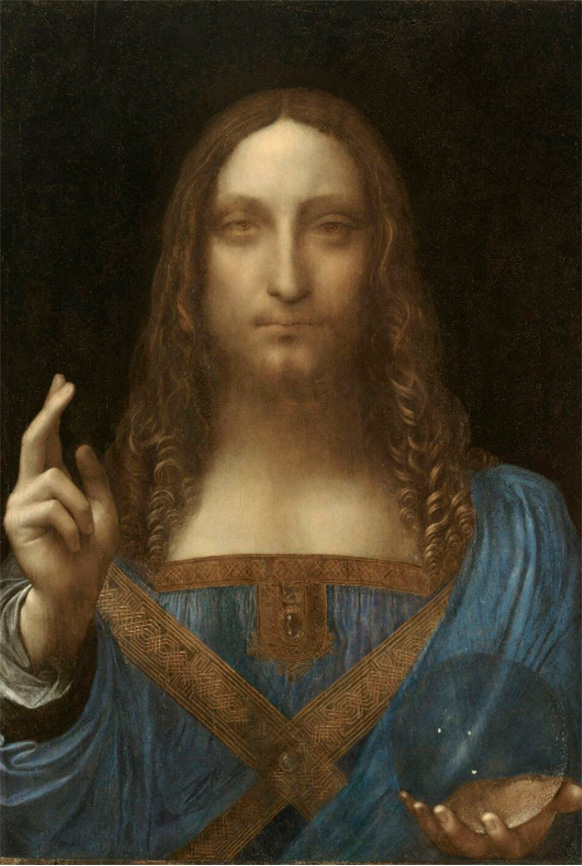
|
|

|
The story continues. The 37th National Crafts Festival was held in Colón, Entre Ríos.
By Jorge Bojanich
The month of December of last 2021 began and the expectation of the Argentine craftsmanship grew. The big question was: will the next February edition take place? Is it possible, without its manager, supporter and soul, the craftsman and leader Hugo Da Silva? On September 21, very shortly before, Hugo had left us after a cruel illness, and with his goodbye everything was pain, but also commitment and hope.
In that first moment of uncertainty, the municipal authorities expressed their will and desires, and through two true pillars such as Betina Di Pascua and Gustavo Da Silva -Hugo's eldest son, also an important artificer and sculptor-, the meetings gave way to the decision: the story must continue.

|
|
|
|
|
Cultural Tours
|

|
The Hall of the Rejected. Argentine art.
We expressed it from the beginning of our newsletter, the possibility of virtually visiting the world's cultural offer is here to stay. At that time, driven by the mandatory confinement imposed by Covid-19, but also virtuous in itself, by the opportunity to do it without too many barriers. This phenomenon also encouraged the development and visualization of numerous initiatives that are now available on the Internet, waiting to be detected; their most important problem, immersed in a sea of opportunities.
Among them, we want to invite you to discover a proposal that will surprise you: The Hall of the Rejected..

|
|
|
|
Collection is an art and a passion
|
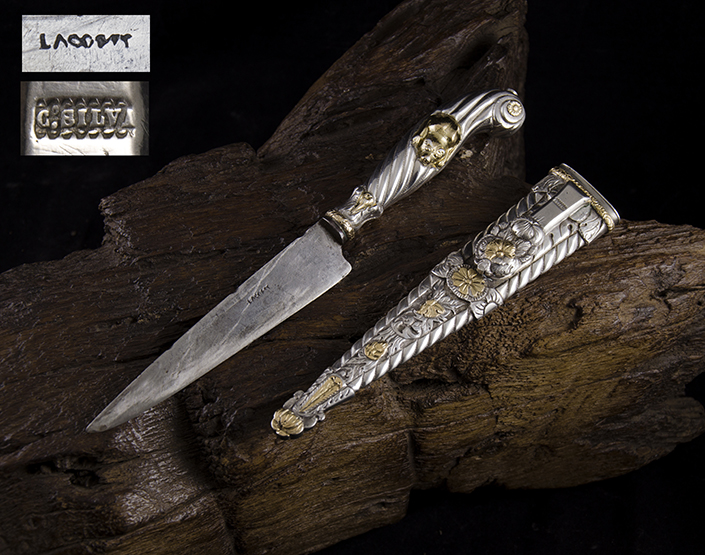
|


|
|
|
Libertad 1536, 1º Piso C1016ABF
Buenos Aires. Argentina
[email protected]
+54 (11) 4815-0559
© 2021—Hilario. Artes Letras Oficios.
|













